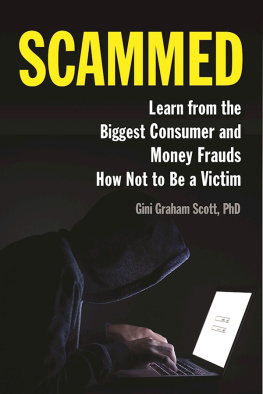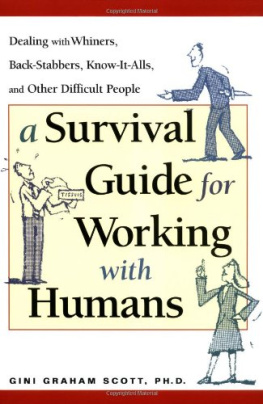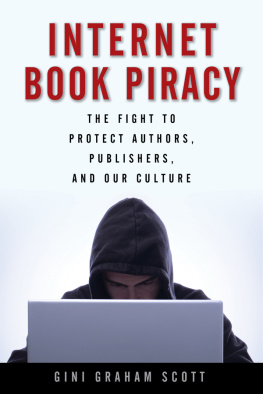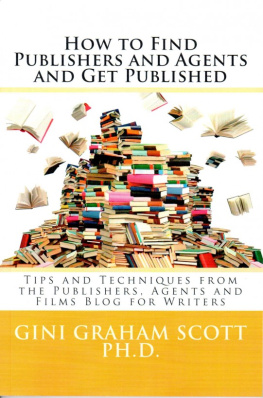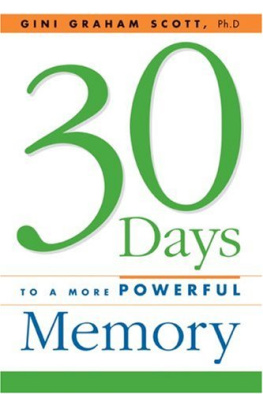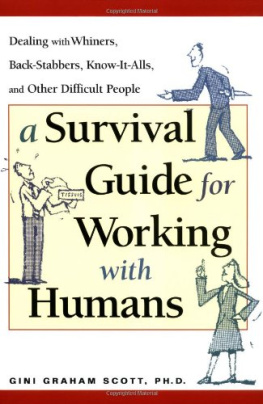Gini Graham Scott - Disagreements, Disputes, and All-Out War
Here you can read online Gini Graham Scott - Disagreements, Disputes, and All-Out War full text of the book (entire story) in english for free. Download pdf and epub, get meaning, cover and reviews about this ebook. year: 2017, publisher: AMACOM, genre: Home and family. Description of the work, (preface) as well as reviews are available. Best literature library LitArk.com created for fans of good reading and offers a wide selection of genres:
Romance novel
Science fiction
Adventure
Detective
Science
History
Home and family
Prose
Art
Politics
Computer
Non-fiction
Religion
Business
Children
Humor
Choose a favorite category and find really read worthwhile books. Enjoy immersion in the world of imagination, feel the emotions of the characters or learn something new for yourself, make an fascinating discovery.

- Book:Disagreements, Disputes, and All-Out War
- Author:
- Publisher:AMACOM
- Genre:
- Year:2017
- Rating:3 / 5
- Favourites:Add to favourites
- Your mark:
- 60
- 1
- 2
- 3
- 4
- 5
Disagreements, Disputes, and All-Out War: summary, description and annotation
We offer to read an annotation, description, summary or preface (depends on what the author of the book "Disagreements, Disputes, and All-Out War" wrote himself). If you haven't found the necessary information about the book — write in the comments, we will try to find it.
Disagreements, Disputes, and All-Out War — read online for free the complete book (whole text) full work
Below is the text of the book, divided by pages. System saving the place of the last page read, allows you to conveniently read the book "Disagreements, Disputes, and All-Out War" online for free, without having to search again every time where you left off. Put a bookmark, and you can go to the page where you finished reading at any time.
Font size:
Interval:
Bookmark:
More Praise for Disagreements,
Disputes, and All-Out War
Scott lays out a simplebut not simplisticapproach to conflict resolution. She provides lots of examples, assessments, and ideas that should help anyone who even takes a little time to read and apply her method.
Rick Maurer, author of Why Dont You Want What I Want?
The book provides us with clear directions on how to resolve all kinds of personal and business conflicts, drawing upon a comprehensive array of practical, academic, and intuitive resources.
Shari Dunn, Managing Principal, CompAnalysis
3 Simple Steps for
Dealing with Any Kind of Conflict
Gini Graham Scott, Ph.D.

To everyone who has shared their conflicts
with me in seeking assistance.
Helping them resolve their conflicts helped me to develop
the conflict resolution model described in this book.
My thanks to the Community Boards of San Francisco, where I was a volunteer for several years on their conflict resolution panels and first became interested in this field.
Conflicts are part of everyday living. Everyone has different goals, interests, priorities, agendas, personal styles, you name itand inevitably these differences lead to conflicts. So what starts off as differences of opinion or different choices escalates, and you have a conflict! Then you have to figure out what to do about itwalk away, sit down and have an extended discussion about the problem, give in to what the other person wants, assert yourself to get your own way, or figure out some kind of compromise. Or maybe there was some way to avoid the differences escalating into a conflict in the first place.
Unfortunately, because of all sorts of factorspersonality dynamics, family relationships, power politics, whateverit is often hard to know what to do. Also, the fear of making the wrong choices, a lack of information, poor communication, analysis paralysis, or other blocks can interfere with resolving a conflict and you might find yourself hanging onto the status quo, unable to move ahead to a better, more satisfying situation, even though you are clearly unsatisfied with the way things are.
Many conflicts can be readily overcome by regarding them as problems to be resolved by identifying the source of the problem and applying the appropriate problem-solving techniques. For example, you might use techniques like creative visualization to examine the reasons for the problem, rational analysis to assess different strategies in your conflict resolution repertoire, brainstorming to come up with alternatives, and mental-control techniques to gain the internal motivation or control to put new solutions into practice.
It may be that you have the resources to solve a conflict yourself, though at times you may need an outside advisor or consultant to assess the situation and suggest conflict remedies. While you may be able to use detachment techniques to separate yourself from the situation and see the conflict more clearly as an outsider, this can be difficult to do when you are embroiled in the battle and emotionally involved. The outsider is already detached and doesnt have the emotional baggage and fears that can stand in the way of seeing or solving the conflict. The outsider can look at the problem dispassionately, recognize the dynamics, and suggest appropriate techniques to come up with effective solutions. However, after reading this book you may be better able to apply these techniques yourself; you may be better able to look at the conflict as an outsider would and recognize the sources of the conflict, think of alternative approaches, decide on the best strategy, and put that into practice yourself.
The techniques discussed in this book are designed to help anyone resolve virtually any type of problem, whether inner conflict or conflict between people. The process starts by looking over your major conflicts and determining which ones to deal with first. This involves setting priorities, since you can only work effectively on a few conflicts at a time. Then, once you learn to apply this method, you can apply it to any conflicts you face in the future.
As youll learn, a key to this approach is to first get your emotions under control, and then look at the reasons for the conflicts and pinpoint the source of tension, so you can come up with the appropriate solutions. For instance, some conflicts are due to circumstances in the situation; others to the personalities of the people involved; still others may point to a recurring behavior pattern or attitude that triggers recurring conflicts.
It is also helpful to understand some of the most common reasons for conflicts, since these models can suggest approaches to use in dealing with your own similar conflicts. Thus, in the book, I have included many real-life examples of conflicts resulting from poor communication and misunderstandings; from different agendas, interests, and values; from political power struggles in a group situation; from wrong assumptions about others motives and actions; from a lack of empathy with others needs and wants; and from dealing with difficult people, who require special handling. In addition, since many conflicts are internal ones, where you are torn in different directions in deciding what to do or are held back by fears, a lack of information, or a belief that you cant do something, Ive also included techniques for applying this method to those inner conflicts.
Ive drawn these real-life examples from workshops, interviews, and some of my own encounters with difficult people and situations. Many of the examples will probably strike some familiar chords.
In the next chapters, Ill outline a basic method for dealing with any type of conflictan approach Ive been using for over two decades, since I started working with conflict and wrote my first book about this, Resolving Conflict, published in 1980. Back then, I first started learning about how to resolve conflict as a panelist for Community Boards of San Francisco, a neighborhood conflict resolution group. Then I went to dozens of workshops and seminars on the subject, and gradually my own ideas on dealing with conflict evolved. I began doing seminars and workshops on the subject, and wrote a series of books on dealing with conflict in the workplace: Work with Me! Resolving Everyday Conflict in Your Organization; A Survival Guide for Working With Humans; A Survival Guide for Working with Bad Bosses; and A Survival Guide to Managing Employees from Hell. The basic model that I developed back in 1980 has informed all of these later books on resolving conflictand now this book focuses on the major principles of this model and shows how to apply them in different situations.
Emotional-Rational-Intuitive
(E-R-I) Method
The possibility for conflict exists everywhere. Conflicts arise out of everyday differences of opinion, disagreements, and the interplay of different ideas, needs, drives, wishes, lifestyles, values, beliefs, interests, and personalities. Yet conflicts are more than just debates or negotiations. They represent an escalation of everyday competition and discussion into an arena of hostile or emotion-provoking encounters that strain personal or interpersonal tranquility, or both.
Next pageFont size:
Interval:
Bookmark:
Similar books «Disagreements, Disputes, and All-Out War»
Look at similar books to Disagreements, Disputes, and All-Out War. We have selected literature similar in name and meaning in the hope of providing readers with more options to find new, interesting, not yet read works.
Discussion, reviews of the book Disagreements, Disputes, and All-Out War and just readers' own opinions. Leave your comments, write what you think about the work, its meaning or the main characters. Specify what exactly you liked and what you didn't like, and why you think so.


